Stand at any wine tasting long enough and the word terroir is bound to come up. This French term that, literally translated, means "earth" is actually much more elaborate. It's a word widely used, but not always understood. Terroir (tare-WAHr) describes a place, and all the factors of that place, that influence a wine.
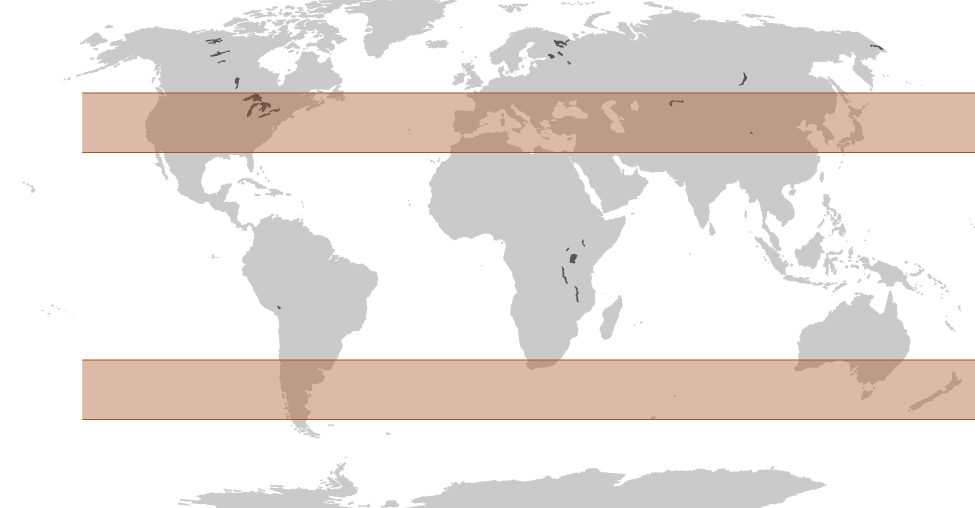
The majority of the world's wine producing regions are between the earth's latitudes of 30° and 50° in both hemispheres. Each region offers predictable elements of terroir, like climate, geology and water, but also technique, which is the art and tradition of winemaking.
Arguably the most important factor in viticulture is climate. It influences where crops are most likely to succeed and what type of wine styles can flourish there. The five basic climate categories are defined as continental, maritime, tropical, mediterranean, desert/arid. Cool climate wines are light and crisp, with subtle flavors, high acidity and lower alcohol. Warm climate wines are lush and bold, with tropical and dark fruit flavors.
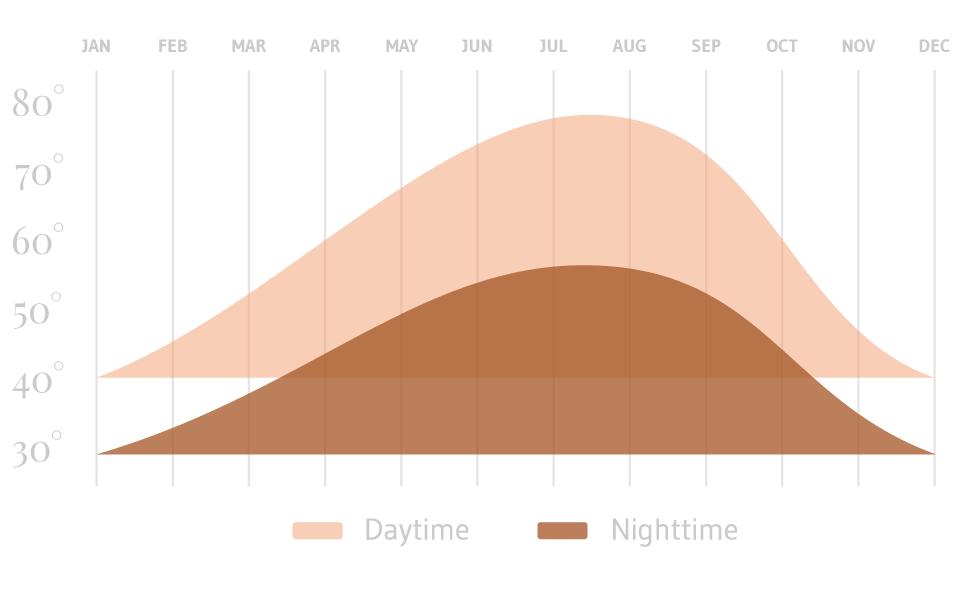
We think about temperature in two ways. First, how it relates to the growing season. Second, what happens day to night. One of the greatest natural phenomena for growing grapes is a difference between daytime and nighttime temperatures called the “diurnal shift.” Washington has some of the most dramatic fluctuations of any wine region in the world. Essentially, this shift allows for the grape to build sugar during the day and creates natural acidity at night, making for a balanced wine.
Like any agricultural crop, place is critical. Although there are countless distinctions like altitude, slope aspect and terrain that make for great wine growing, wine soil is largely categorized into four general types.
best for good drainage and retaining heat
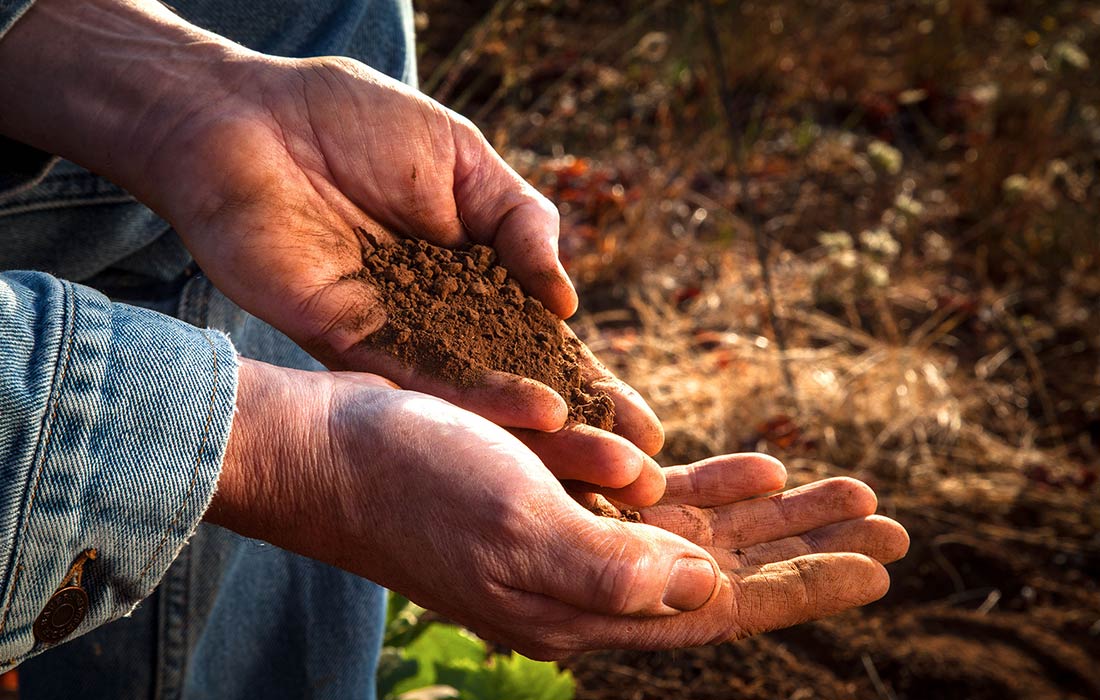
best for retaining water and cool temperatures
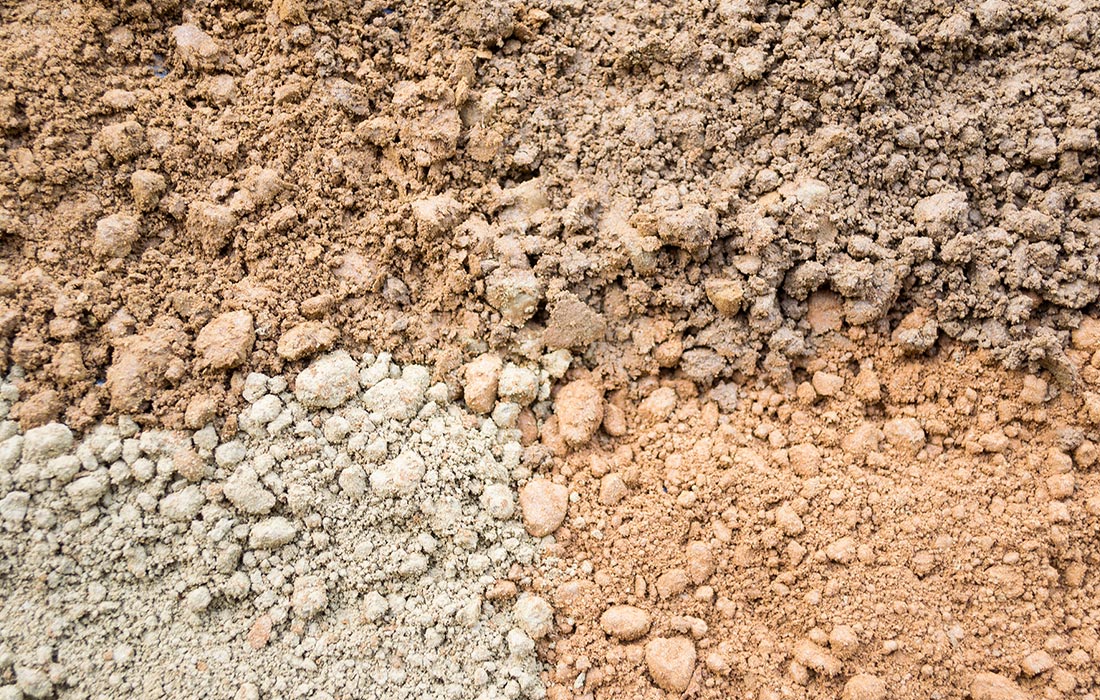
very fine soil that can provide good drainage and retain heat
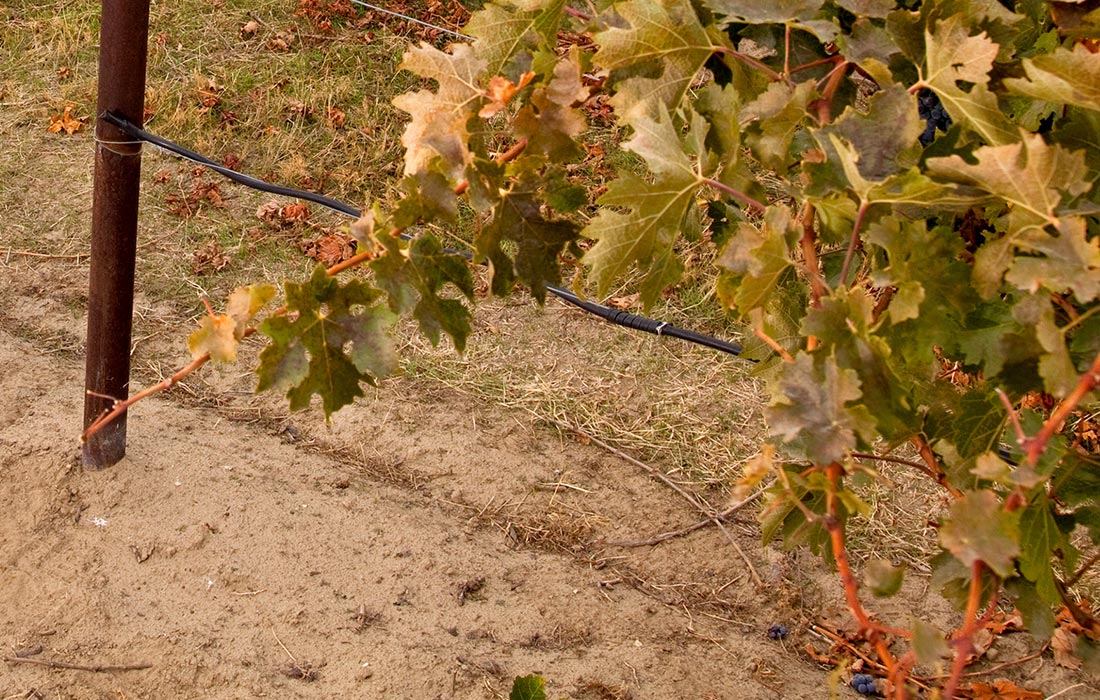
often desired, because vines must work harder to produce flavorful fruit
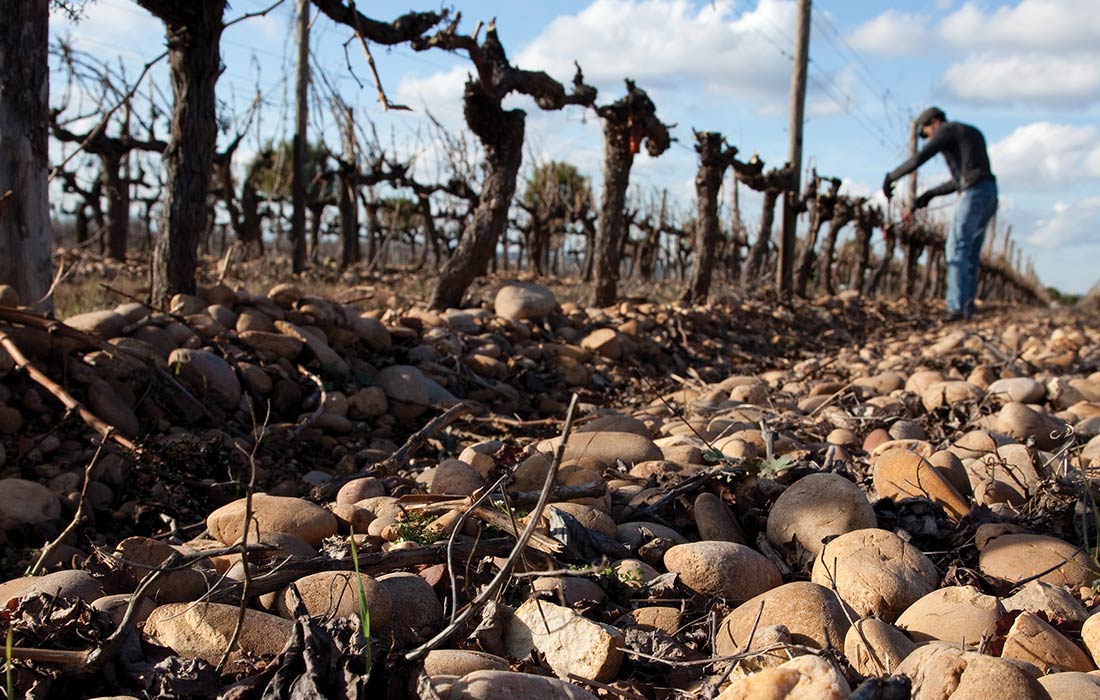
Soil also brings organic materials and minerals to the vine, adding to the grape's character. The addition of gravel, slate and volcanic rocks to the soil impact temperature and drainage.
Water is an undeniable force of a wine's terroir. Is there a source of groundwater for the vines? Is there fog? Are there ocean currents and gulf streams? What about a nearby large river? Often, a vineyard site located near a water source is considered ideal. Water can store heat more effectively than land, and it can act as a coolant in warm climates.
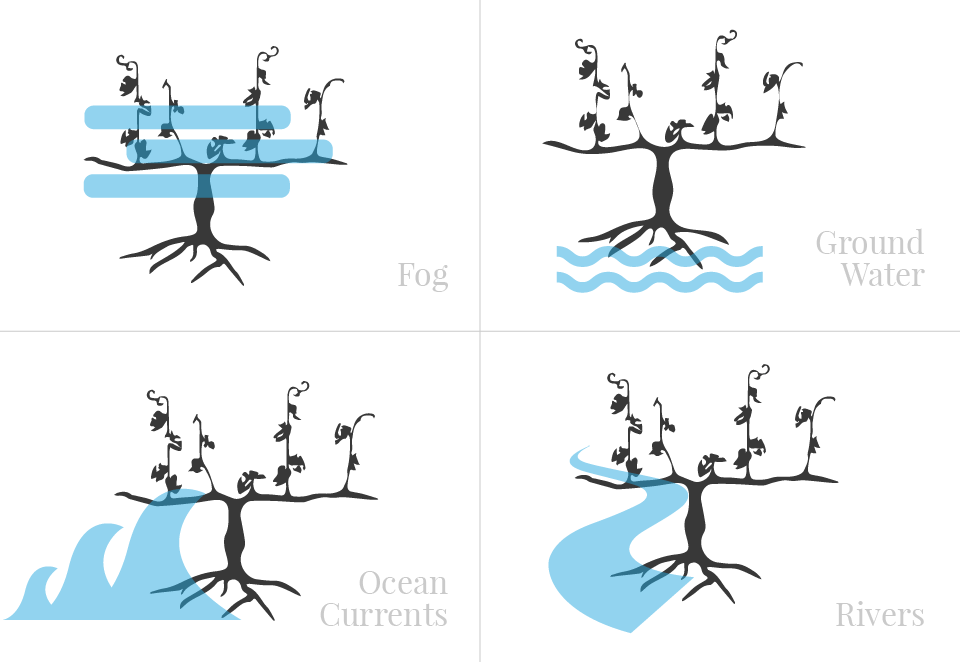
In the Mosel and Rheingau regions in Germany, grapes are planted right along the water's edge. California wine regions like the Napa Valley benefit from coastal cooling. In Spain and Italy, rivers weave through the major wine regions.
Think of the winemaker's "technique" like that of an orchestra conductor. It's the act and artistry of harnessing the scene and bringing in the string solo at just the right time. Technique represents history, tradition, people and science. It's managing things like elevation, fog, pests and disease. It's also active decision-making about when and how to harvest, process and age.
“Wine is totally art. There’s a little chemistry in it. It’s definitely a craft that takes a little time to master. Chefs get to cook every night; winemakers get one shot a year.”— Juan Muñoz Oca
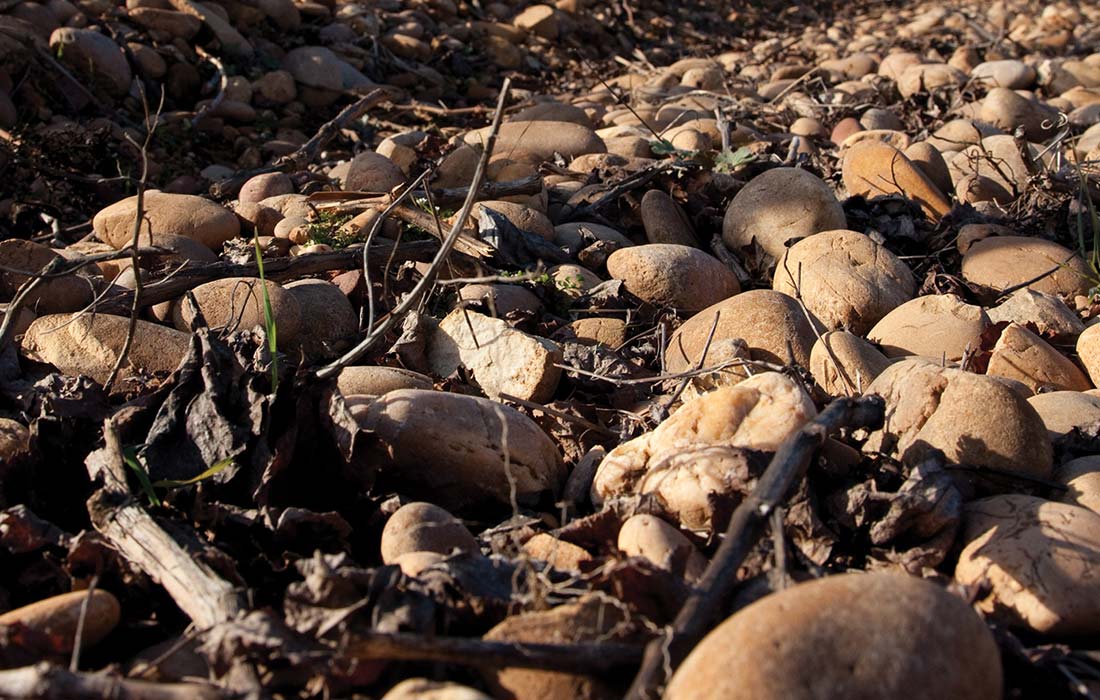
Some of the rockiest soils — and the worst soils for growing other crops — prove to be the best for growing wine grapes. It's a tough concept to understand at first, and many people are surprised to see vineyards flourish in otherwise inhospitable ground. So why is bad soil good? Essentially, as vine roots dig deeper for water and nutrients, the plant is stressed, putting more energy into grape creation instead of growing canopy cover and leaves. For a winemaker, properly stressed vines can mean great wine.